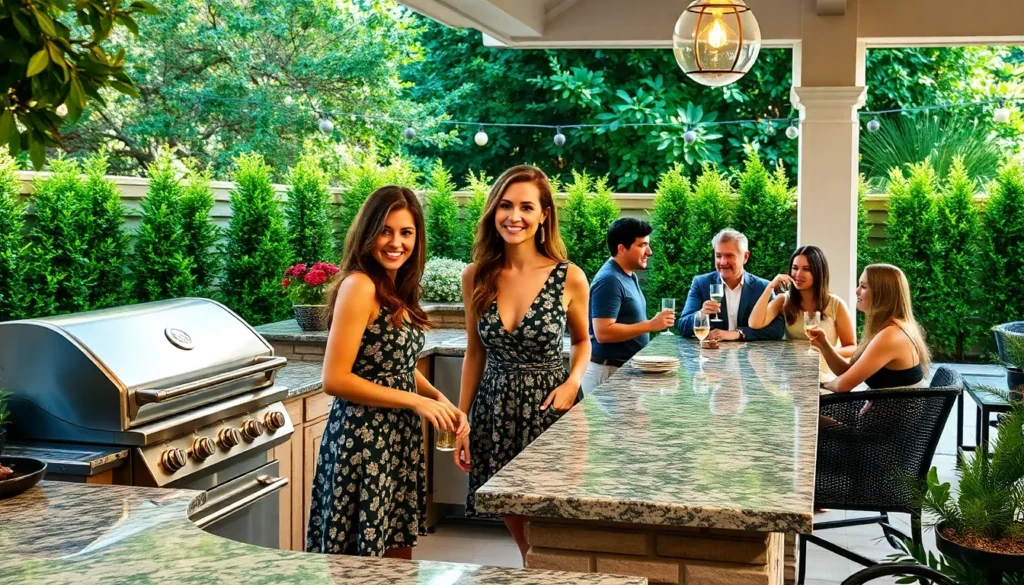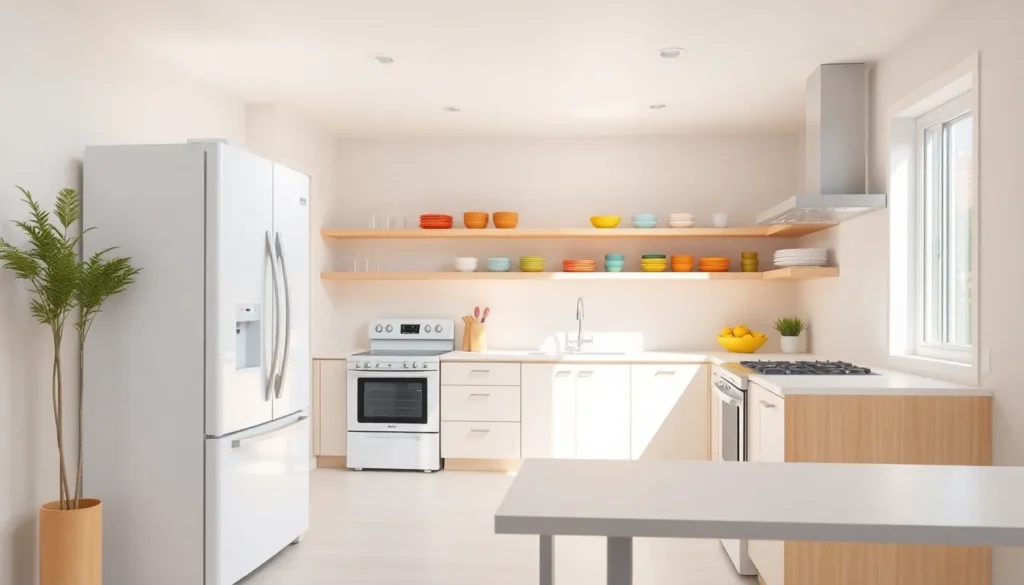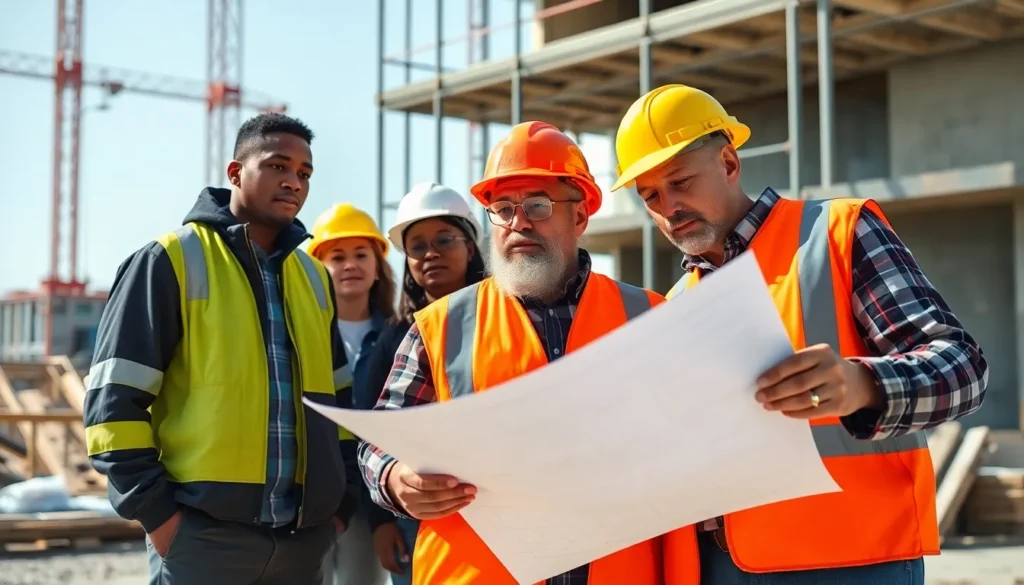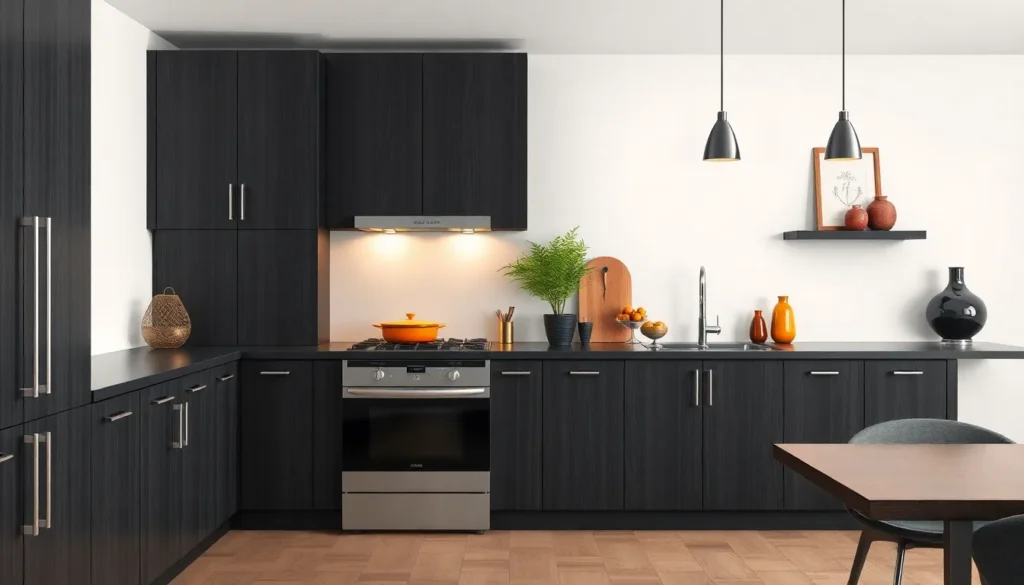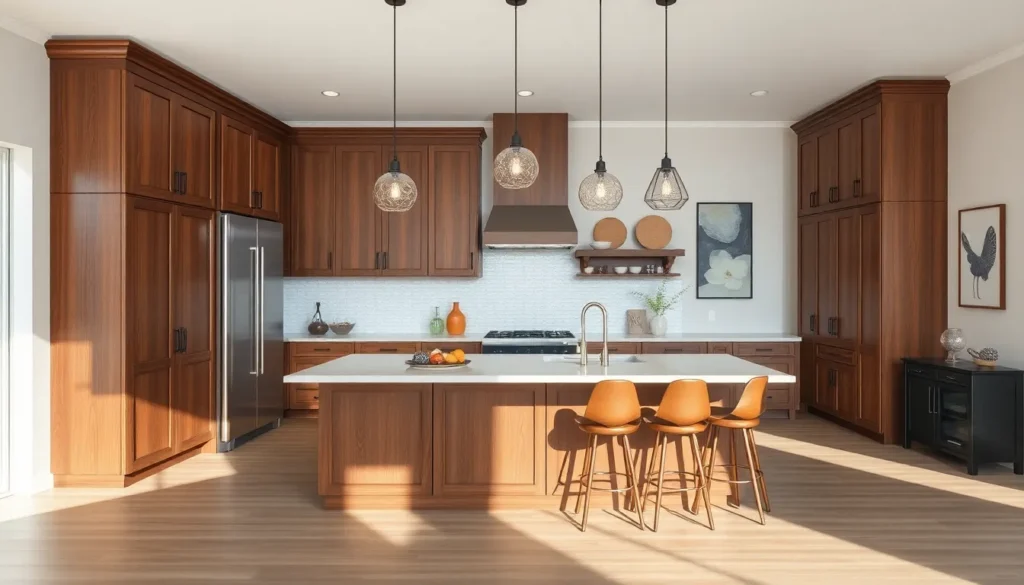Type V construction buildings, often the go-to choice for residential projects, bring charm and comfort but also a unique set of vulnerabilities. While they might look cozy and inviting, these structures can face some dramatic challenges when the pressure’s on. Ever heard of a “pancake collapse”? It’s not a breakfast special but rather a common downfall for these wooden wonders.
Understanding the types of collapses that can occur in Type V construction is crucial for anyone in the industry. It’s not just about keeping the roof over your head; it’s about knowing what could bring it crashing down. So buckle up as we dive into the fascinating and sometimes funny world of building failures. Who knew learning about construction could be this entertaining?
Table of Contents
ToggleOverview of Type V Construction
Type V construction features wood framing as its primary structural material. It includes residential buildings like single-family homes, townhouses, and low-rise apartments. This construction type’s accessible materials and straightforward methods often appeal to builders looking for cost-effective options.
Wooden beams and studs form the framework of Type V structures, providing flexibility but also introducing specific vulnerabilities. Fire hazards present a significant concern; wooden components ignite easily, increasing risks during a fire event.
Pancake collapse commonly associated with Type V buildings occurs when floors fail and fall onto each other. This catastrophic failure leads to a stack of debris, making rescue operations difficult. The lightweight nature of the materials, combined with potential structural weaknesses, contributes to this collapse type.
Recognizing these risks is vital for developers and builders involved in Type V construction. Awareness fosters better design practices and materials selection, helping mitigate fire risks and collapse potential. Adopting appropriate fire-resistant treatments can enhance safety significantly.
Building codes often require specific precautions for Type V structures to address vulnerabilities. Fire protection systems, such as sprinklers and smoke detectors, play critical roles in safeguarding occupants. Compliance with local building regulations ensures appropriate safety measures are in place.
Understanding Type V construction’s characteristics and risks prepares industry professionals for better project outcomes. Such knowledge ultimately supports safer building practices and enhances community resilience in residential areas.
Common Types of Collapse in Type V Buildings
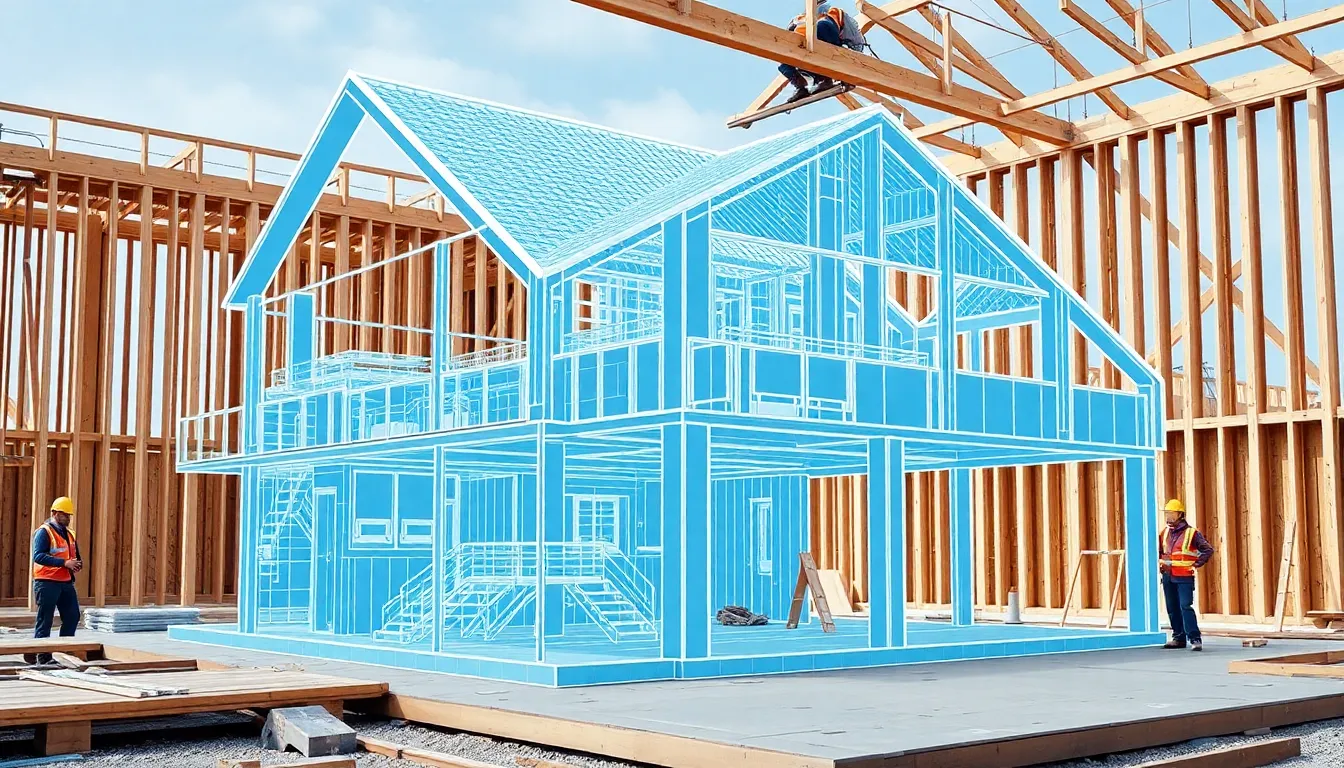
Type V construction buildings face specific collapse types due to their wooden framing. Recognizing these risks enhances structural integrity and safety.
Gravity Collapse
Gravity collapse occurs when floors or roofs cannot support their own weight. This type often results from structural failure and inadequate load-bearing components. During a fire, wooden elements lose strength rapidly, increasing the likelihood of collapse. The pancake collapse exemplifies this issue, as upper floors fall onto lower sections, creating a hazardous pile of debris. Structural engineers emphasize the importance of load calculations and reinforcement for safety in design.
Lateral Collapse
Lateral collapse involves structural failure due to horizontal forces, such as wind or seismic activity. These forces exert pressure on the building’s sides, potentially compromising stability. Poor bracing methods contribute to this risk, making it crucial for builders to incorporate effective lateral support systems. Additional vulnerabilities might arise from inadequate material quality or design flaws. Knowledge of these factors helps in implementing better construction practices, ultimately protecting occupants and enhancing building resilience.
Factors Contributing to Collapse
Various factors influence the risk of collapse in Type V construction buildings. Understanding these elements supports the development of safer structures.
Material Quality
Material quality directly impacts the structural integrity of a building. Inferior or untreated wood often leads to weakened frames, increasing vulnerability to both fire and collapse. Timber that isn’t properly kiln-dried or treated is susceptible to moisture damage, which deteriorates strength. Builders should prioritize high-quality, fire-resistant materials to enhance safety. Protecting against pests also helps preserve wooden structures and prolongs their lifespan. Therefore, material selection plays a critical role in preventing collapse risks.
Design Flaws
Design flaws significantly affect a building’s capacity to withstand stress. Insufficient load calculations can result in inadequate support for floors and roofs, leading to premature failures. Failing to incorporate effective lateral support systems exacerbates risks during lateral forces like wind or seismic activity. Consequently, a well-thought-out design mitigates the potential for gravity and lateral collapses. Designers must incorporate local building codes and best practices to ensure stability. Overall, attention to detail in the design phase greatly reduces collapse likelihood.
Environmental Influences
Environmental influences can cause unexpected stresses on Type V buildings. Extreme weather events, such as heavy rains or snow, increase loads on roofing structures. Additionally, seismic activity can impose lateral forces that require robust design considerations. Humidity and temperature fluctuations also affect wood properties, causing expansion and contraction that can lead to structural weaknesses. Awareness of these environmental factors ensures that builders create resilient designs, suitable for their location. Ultimately, addressing these influences strengthens the overall building framework and minimizes collapse risks.
Case Studies of Type V Collapse
Type V construction’s vulnerabilities become evident through notable incidents that reveal the risks associated with wooden structures.
Notable Incidents
Several significant collapses of Type V buildings have occurred, underscoring their susceptibility to both gravity and lateral forces. One high-profile case involved a residential building in the Midwest collapsing during a windstorm, which exposed the inadequate lateral support of the structure. Another disaster happening in a college dormitory showcased how a fire led to a pancake collapse, resulting in serious injuries. These incidents highlight the critical need for proper design and construction practices to ensure safety in residential projects.
Lessons Learned
Lessons gleaned from these notable incidents stress the importance of rigorous design practices and adherence to building codes. Implementing effective load calculations can address gravity collapse risks, while investing in lateral support systems enhances overall stability. Understanding environmental impacts plays a crucial role, as site-specific factors can influence a building’s performance. Finally, treating wood with fire-resistant measures can significantly reduce fire-related vulnerabilities, promoting safer living environments in Type V construction.
Type V construction buildings pose unique challenges due to their wooden framing. The risk of pancake and lateral collapses highlights the need for careful design and material selection. Understanding these vulnerabilities is crucial for builders and developers aiming to enhance safety and resilience in residential projects. By prioritizing proper load calculations and incorporating effective fire protection systems, industry professionals can significantly mitigate risks. As the construction landscape evolves, a commitment to rigorous standards and innovative practices will pave the way for safer living environments.




